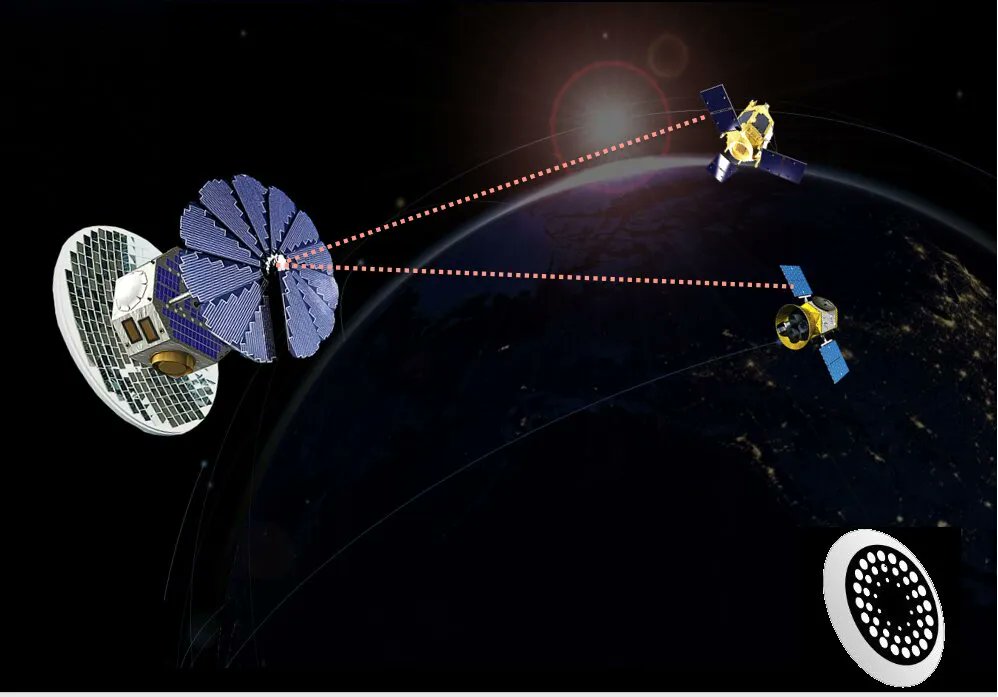Power beaming is one of those technologies that can completely change the world. Almost unlimited power wherever it is needed, whenever it’s needed, is literally a technology straight out of science fiction. Researchers have been working on the technology for decades at this point, but there has been little commercial headway so far, so what is holding this revolutionary technology up? A “killer app” would certainly help move it along – and that is what a team from Space Power, a private company, and the University of Surrey think they have found in the form of powering other microsatellites.
All current CubeSats and other microsatellites have to have their own power system. Sometimes they are powered by solar panels, other times by batteries, and even more rarely by radioisotope thermoelectric generators (RTGs). These solutions have limitations, including limited lifetimes (batteries) or limited size (RTGs, solar panels). Any improvement in the way microsatellites can be powered would be welcomed by the burgeoning satellite industry.

Credit – ESA
That improvement is the focus of a SPRINT (SPace Research and Innovation Network for Technology) grant that provided £7.4 million to a public-private partnership involving the University of Surrey’s Department of Physics and Space Power, a private company supported by the OI Space Incubator. The grant comes on the heels of a feasibility study the two entities produced that proved the concept of using a laser to send power from one satellite to another.
The current goal of the grant is to increase “small satellite operating efficiencies by a factor of between 2x-5x,” according to a press release from the University. The team will build a practica prototype that could eventually fly as part of a launch and demonstrate the power beaming technology in situ. If successful, private money should surely follow to support a commercial end goal. And with the increasing need for commercial satellites will come increased commercial opportunities for novel ways to power them. With a goal of creating commercially available products by 2025, the team at Space Power and the University of Surrey have a lot of work ahead of them.
Learn More:
University of Surrey – Revolutionizing satellite power using laser beaming
Space Power
ExecutiveGov.com – Space Power, University of Surrey Develop Wireless Satellite Power Beaming Technology
UT – The Navy is Testing Beaming Solar Power in Space
Lead Image:
Concept image showing how a power satellite might power other microsatellites with solar panels.
Credit – Space Power

